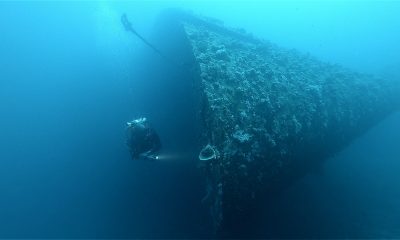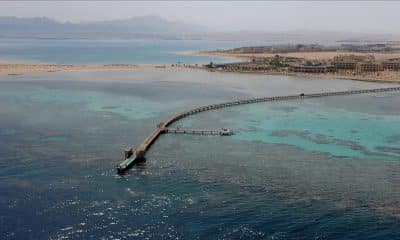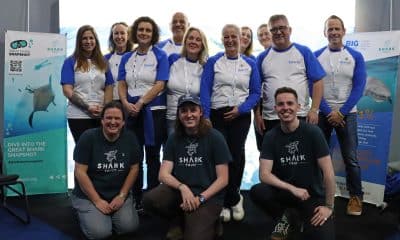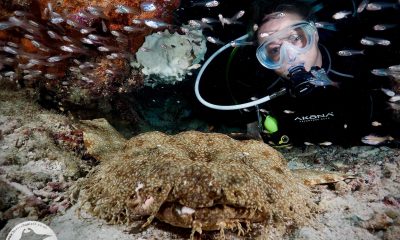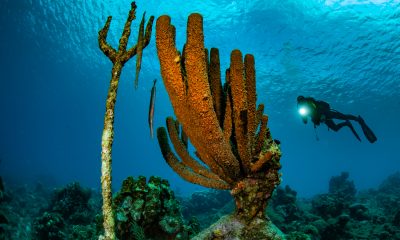News
Dancing with Mantas and an unexpected whaleshark
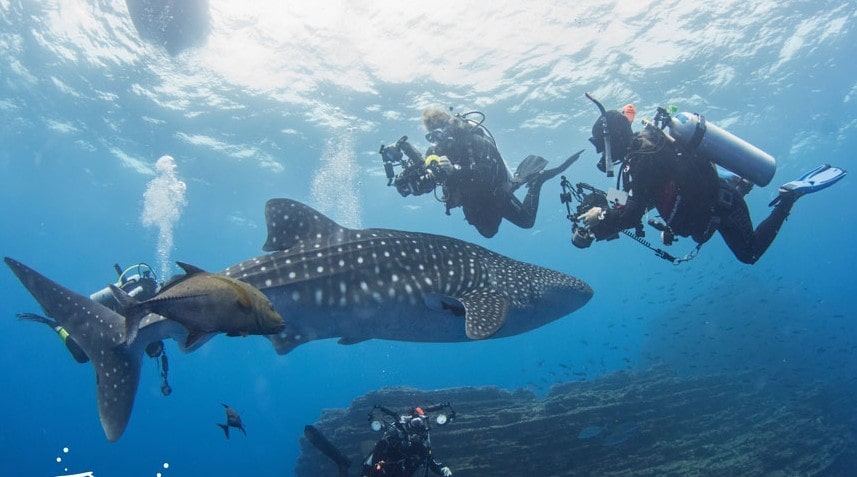
Our final day on this epic trip diving the Archipelago Revillagigedo was to be on the famous San Benedicto dive site called The Boiler. An impressive, three stage pinnacle that peaks just below the surface. Having watched video clips and looked at so many images from this dive site in the past, we knew anything could happen here, given a bit of luck. Our diving day meant that we would fit in 4 dives before we started the long journey back to the mainland.
It was just one of those days. On the first dive, we explored the rock, and then, after about 20mins, a Giant Manta came to see us. Whilst on this trip, the crew have given us a series of talks about these amazing creatures and we have learnt a lot about them. They have huge brains, and whilst it might seem hard to believe, they seem to want to communicate with us. This first encounter of the day certainly made us believe! This gentle, but enormous, fish came up to each diver individually. Caroline decided to try to engage it and stretched her arms and camera out wide. The manta instantly responded by stopping, spreading it wings and hovering vertically in the water right in front of her. Caroline wiggled one arm, and the manta unfurled its cephalic lobe and wiggled it right back. All the while, this beautiful creature intensely kept eye contact. It was an amazing moment. The dive deck was buzzing after this first dive, with all 5 groups getting a close encounter with this and other mantas.
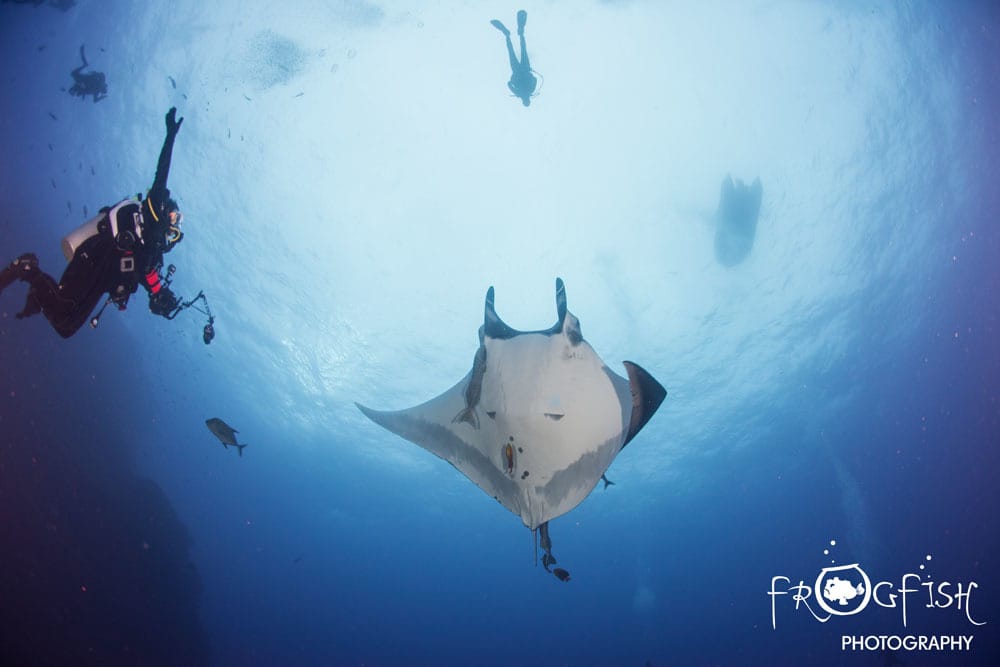
The second dive was even better, if that was possible, because our skipper dropped us right on a whaleshark, literally! It is not the season for whalesharks here, but this juvenile, around 4 meters in length, did a couple of tours of the rock before heading back out into the blue. Nick, descending and whilst still sorting his camera, got bumped by the biggest fish in the sea, and grabbed a shot of its tail as it continued slowly around us. Then 4 or 5 Giant Mantas turned up too and it was hard to know where to look. We hovered at around 15 meters and the mantas circled around us, shivering their wings in our bubbles, pulling flying stunt manoeuvres, and, seemingly enjoying our company.

The day simply could not continue like this could it? Well no…. the current picked up and whilst we did see another manta on our third dive, we simply could not swim against the moving water and ended up out in the blue, drifting quickly. We deployed our SMBs and headed back up to the surface. But the joy of the previous two dives was still very much with us, and so we happily returned to the boat to relax for an hour or so.
Our final dive was upon us. It delivered another incredible manta encounter and another drift out into the blue. We have done 23 dives and one night snorkel with silky sharks during our 6 days of diving on Nautilus Belle Amie. The group has seen an incredible number of sharks: Whitetip, Silvertip, Tiger, Whale, Galapagos, Hammerhead and Silky Sharks. We have seen dolphins, tuna, jacks and Wahoo. And, of course, we have seen the Giant Mantas, in both their Chevron and Black forms. But this final day of diving was truly awesome.
For more from Nick and Caroline, visit www.frogfishphotography.com.
Blogs
TRAVEL BLOG: Jeff Goodman Dives SOMABAY, Part 2
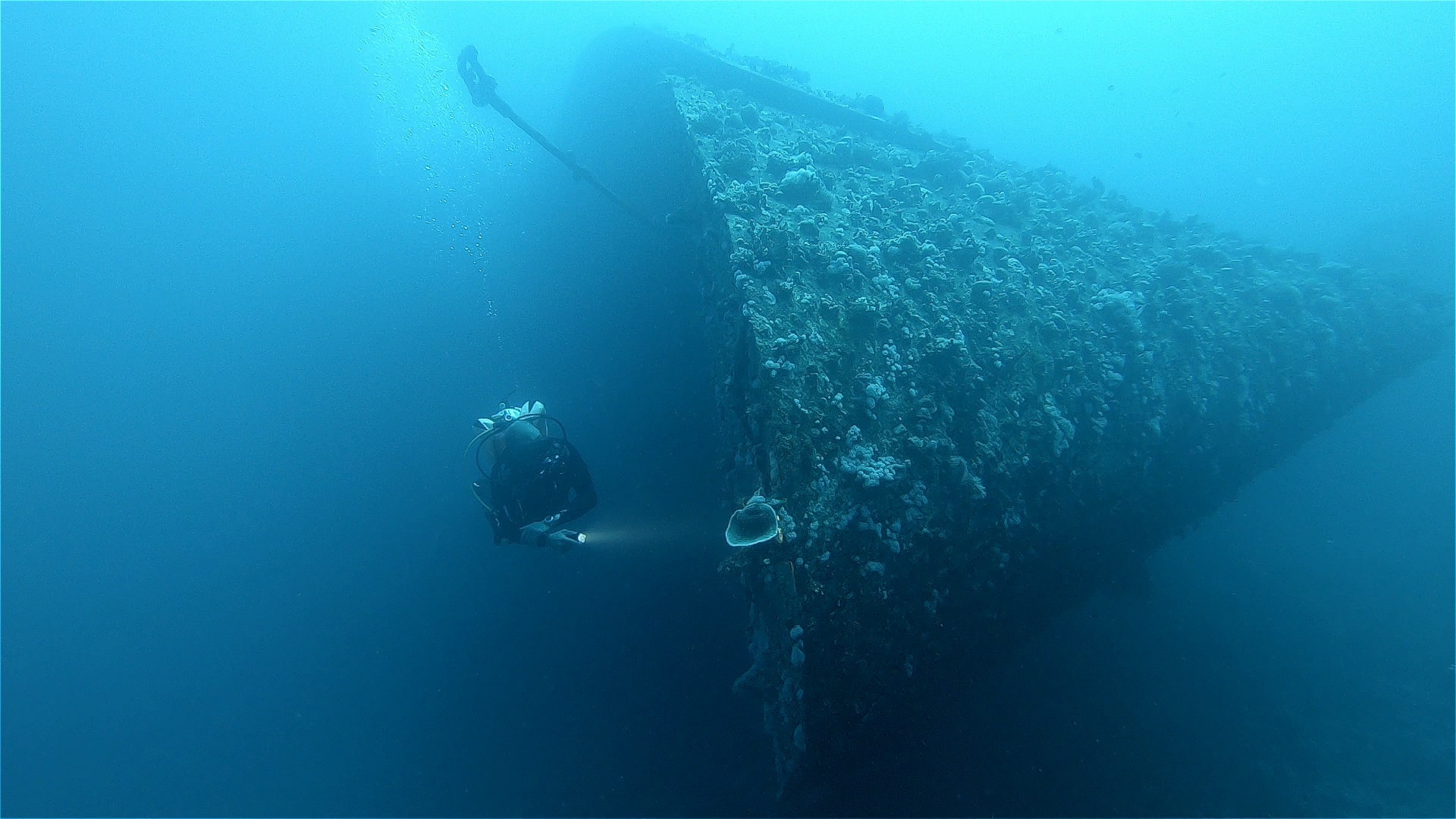
Day three of my trip to Somabay and we were spending the day on the Lady Christina and diving on the wreck of the Salem Express.
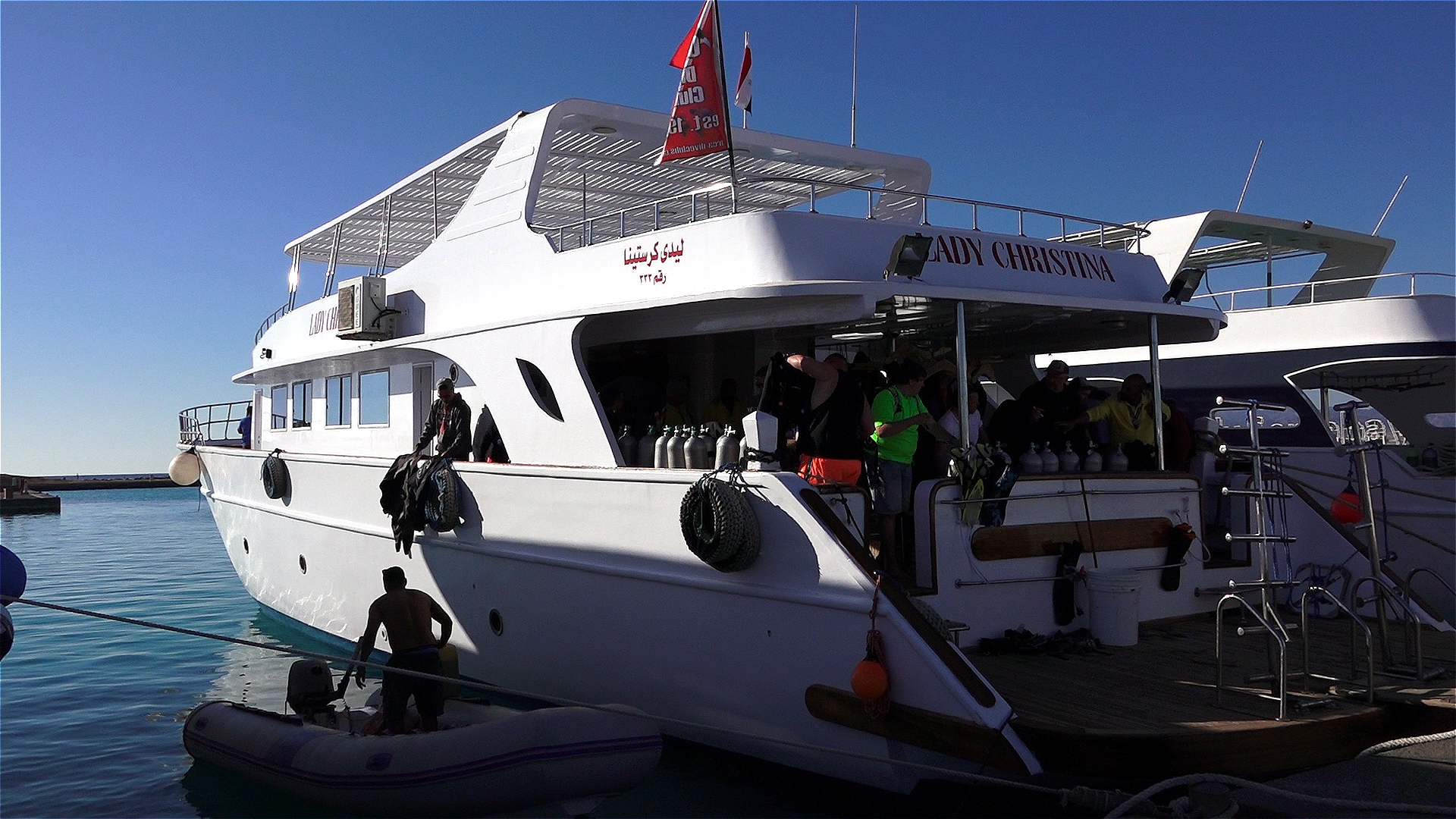
Diving wrecks for me is always one of mixed emotions. The excitement of diving a wreck is more than often tempered by the thought of loss of life when she sank. The Salem Express was a passenger ship and a roll-on/roll-off ferry travelling from Jeddah, Saudi Arabia to Safaga, Egypt. Most passengers were of poor class travelling home from their holidays while around 150 people were returning home from their pilgrimage to Mecca.
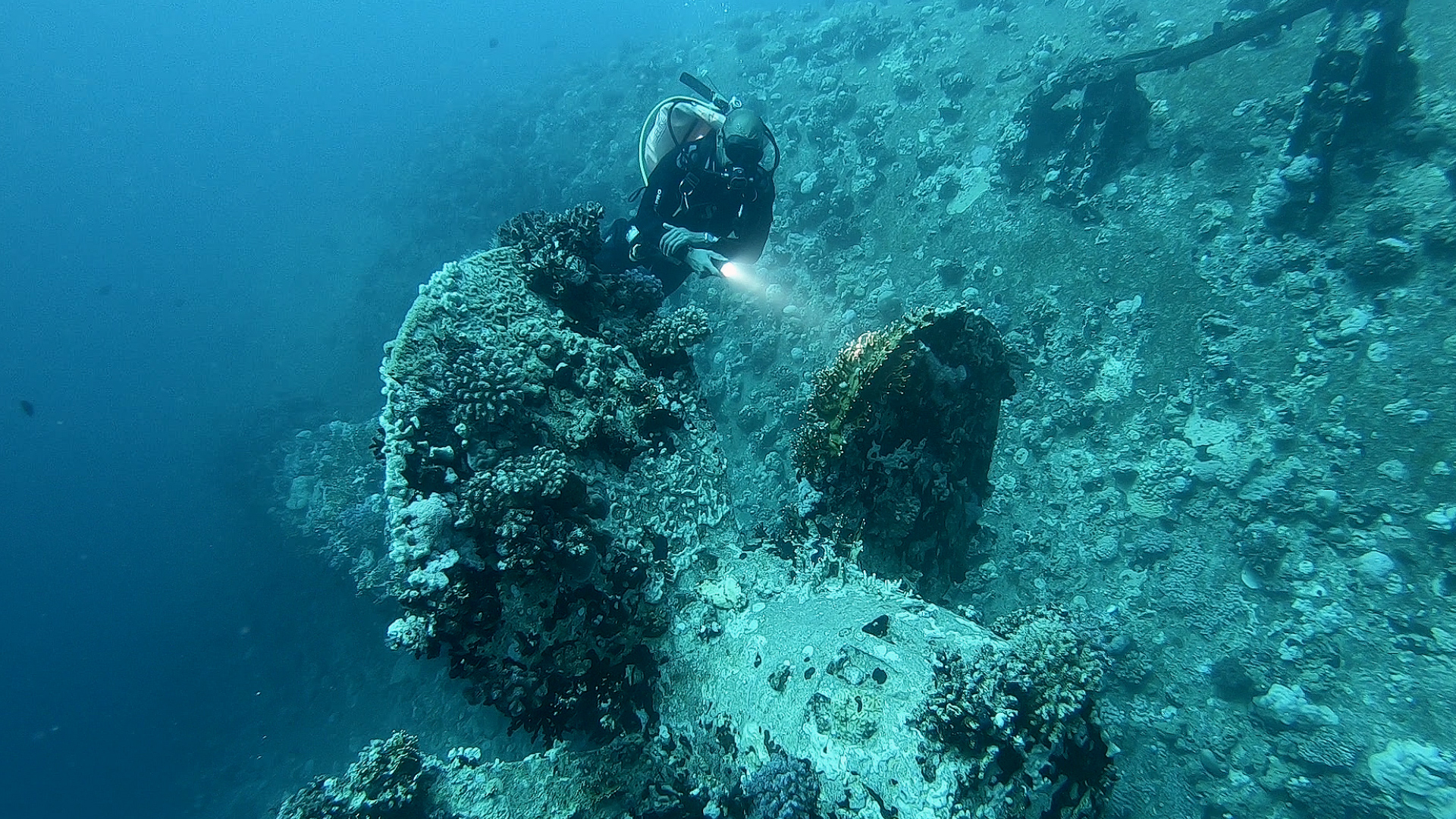
The ship struck a reef and sank within 20 minutes. Passengers were trapped below deck and the ship was filled with fear and panic.
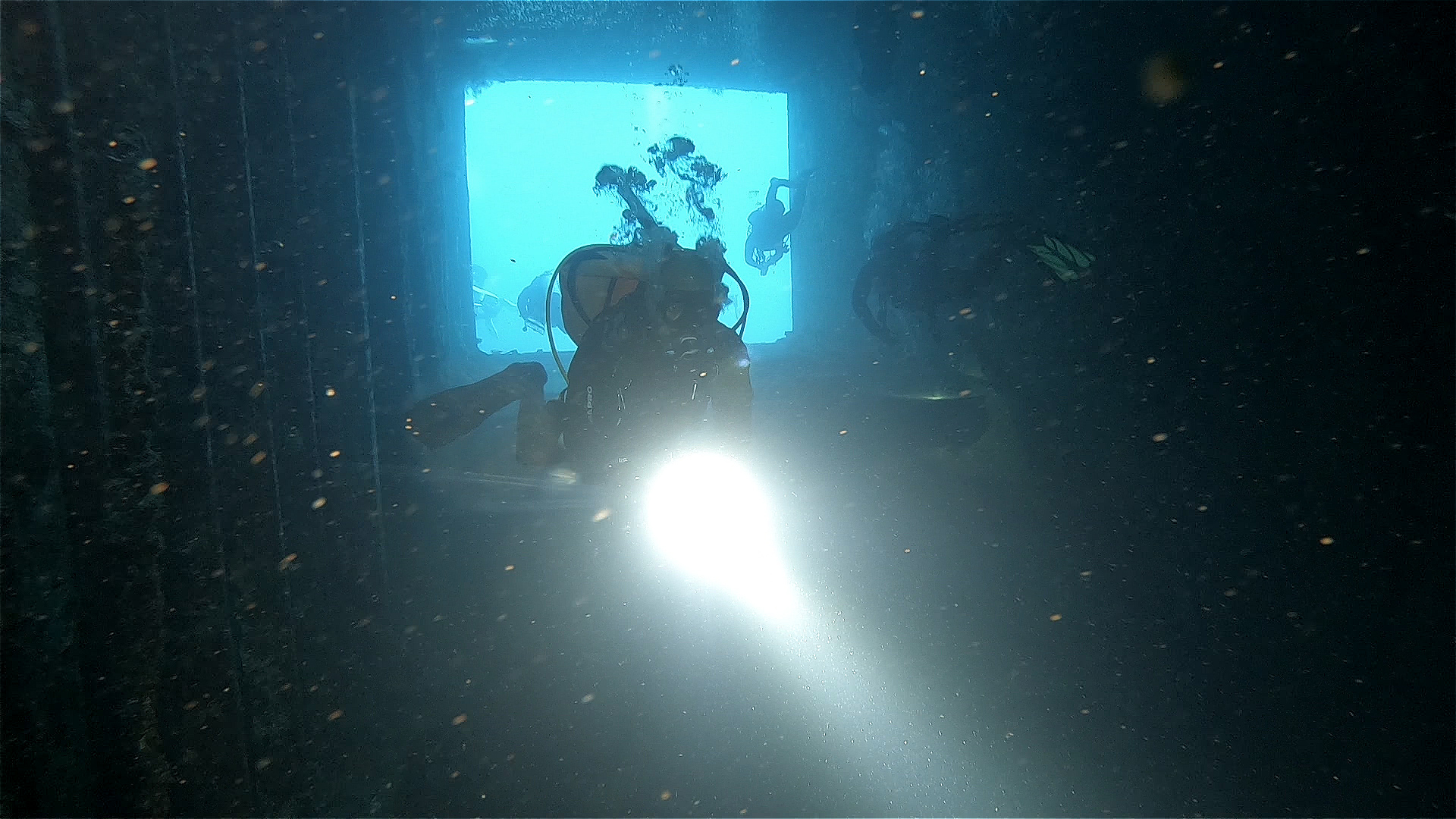
The wreck area is strewn with personal belongings from the crew and passengers such as a transistor radio and a flat iron for clothes. A diver at sometime has put them in a prominent place to be seen.
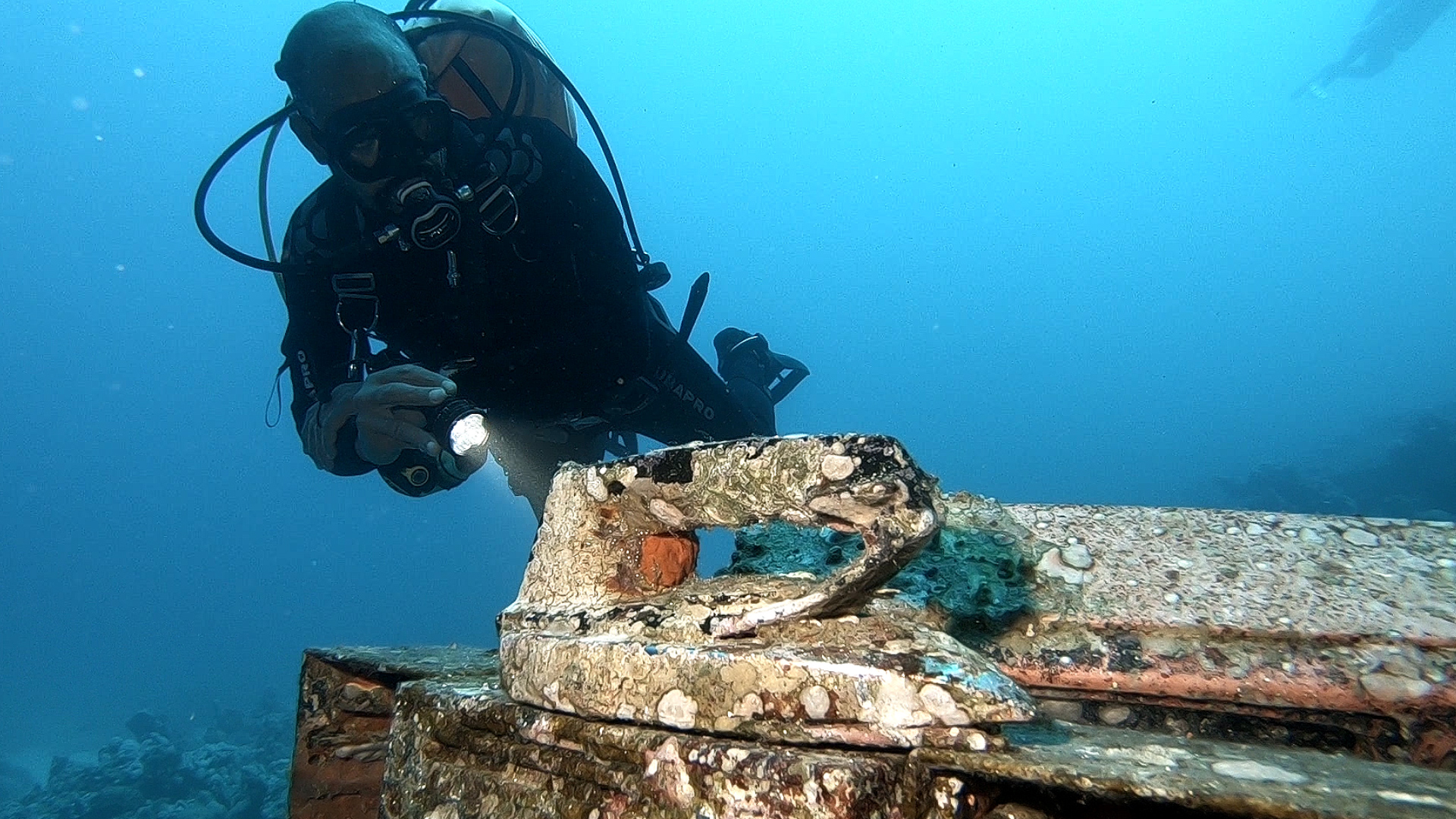
Tragically only one life boat was launched while the others went down with the ship. More than 600 men, women and children lost their lives here.
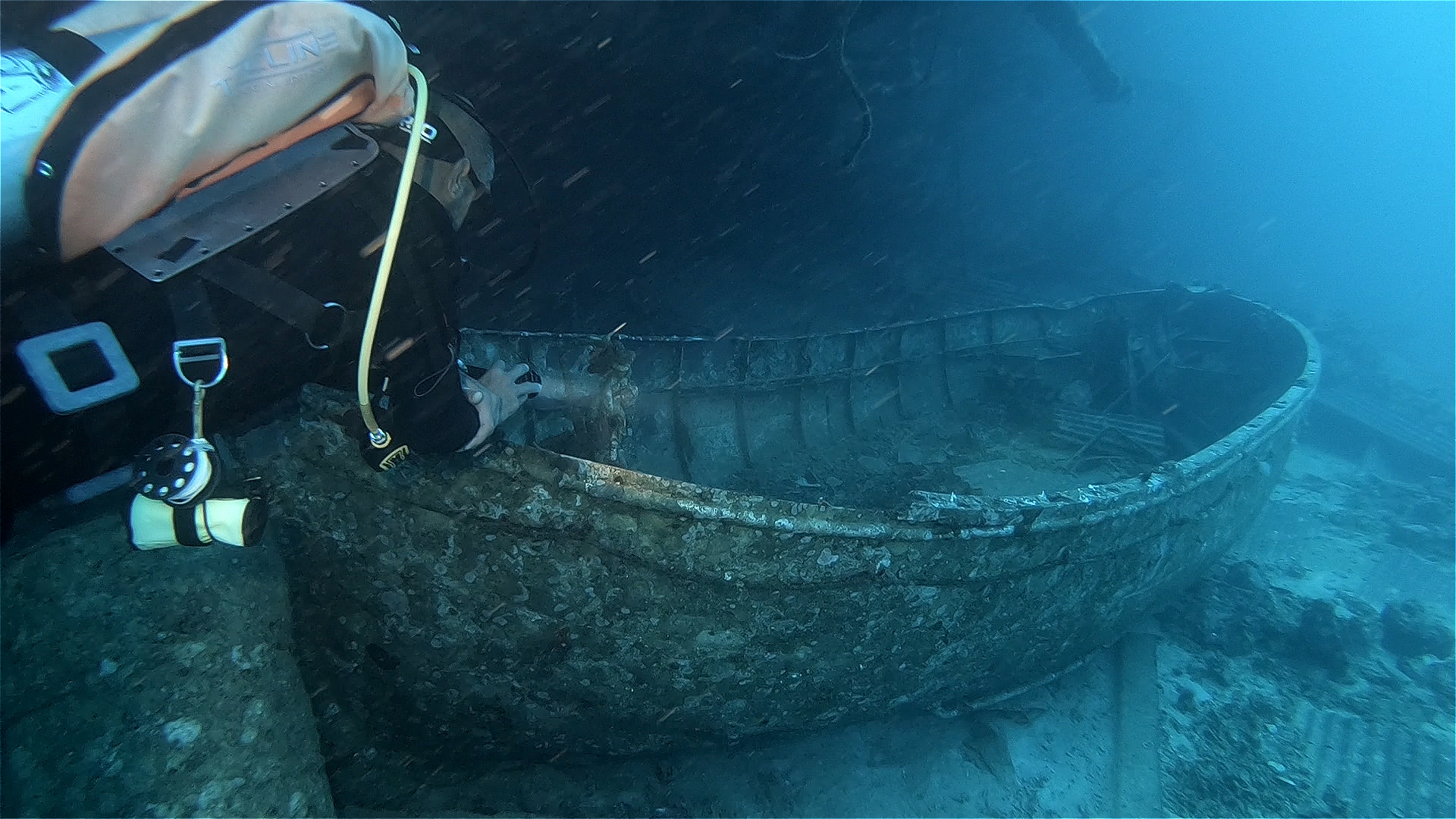
It’s a stark reminder that the sea can be unforgiving and so when we dive on such wrecks we should do so with humble regard.
Returning to the surface, shoals of fish are gathered under our boat and seem to be welcoming us back into the light.
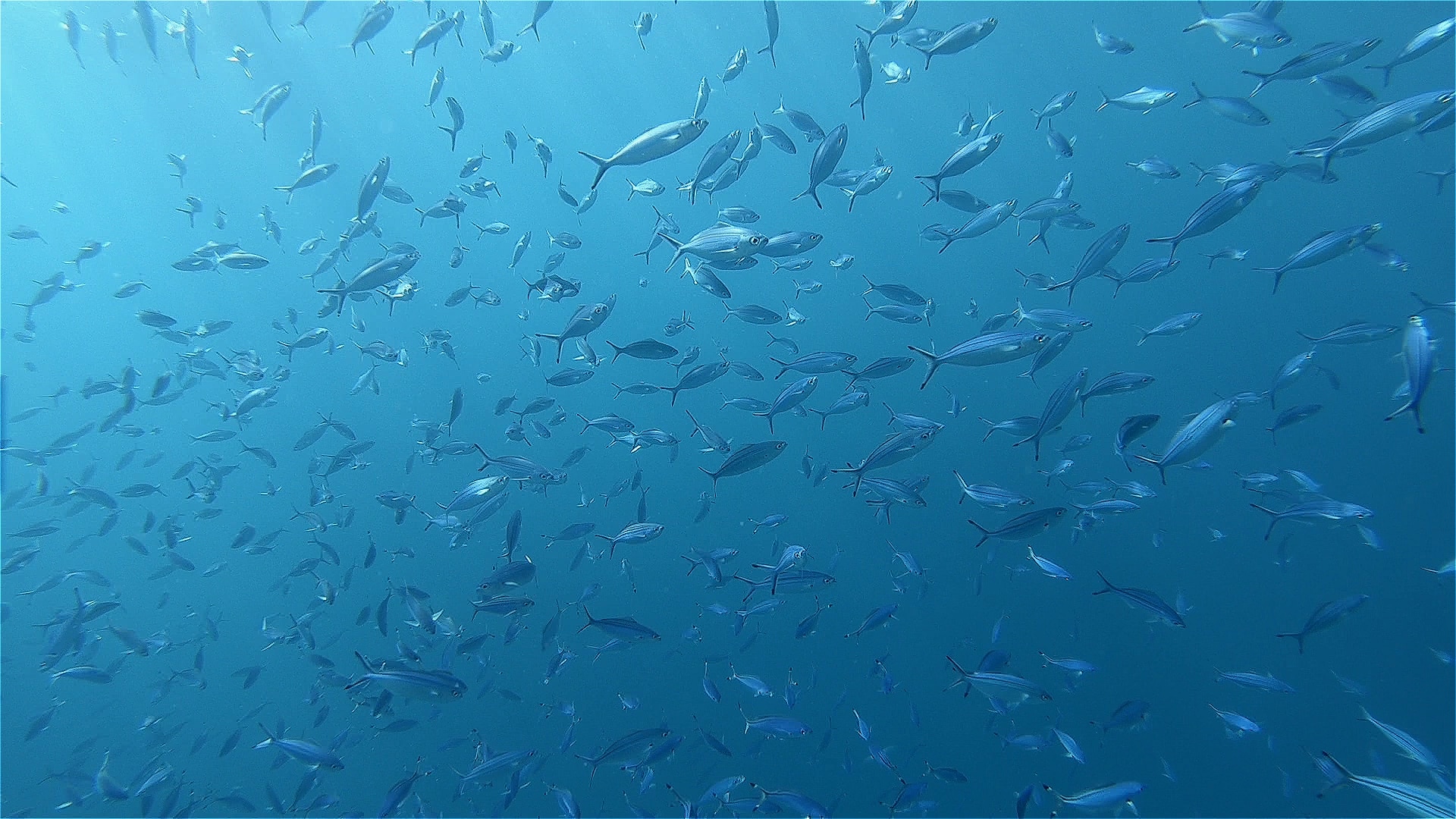
Back at the Breakers I sat in the dining area with a beer and a very good meal while my thoughts still remained with the day’s dive on the Salem Express.
Check in for part 3 tomorrow for Jeff’s last day of diving with Somabay on the off-shore reefs looking for turtles.
Book your next Red Sea dive adventure with SOMABAY! For more information, visit www.somabay.com.
Stay at the Breakers Diving & Surfing Lodge when you visit! For more information, visit www.thebreakers-somabay.com.
Find out more about ORCA Dive Clubs at SOMABAY at www.orca-diveclubs.com/en/soma-bay-en.
Blogs
TRAVEL BLOG: Jeff Goodman Dives SOMABAY, Part 1
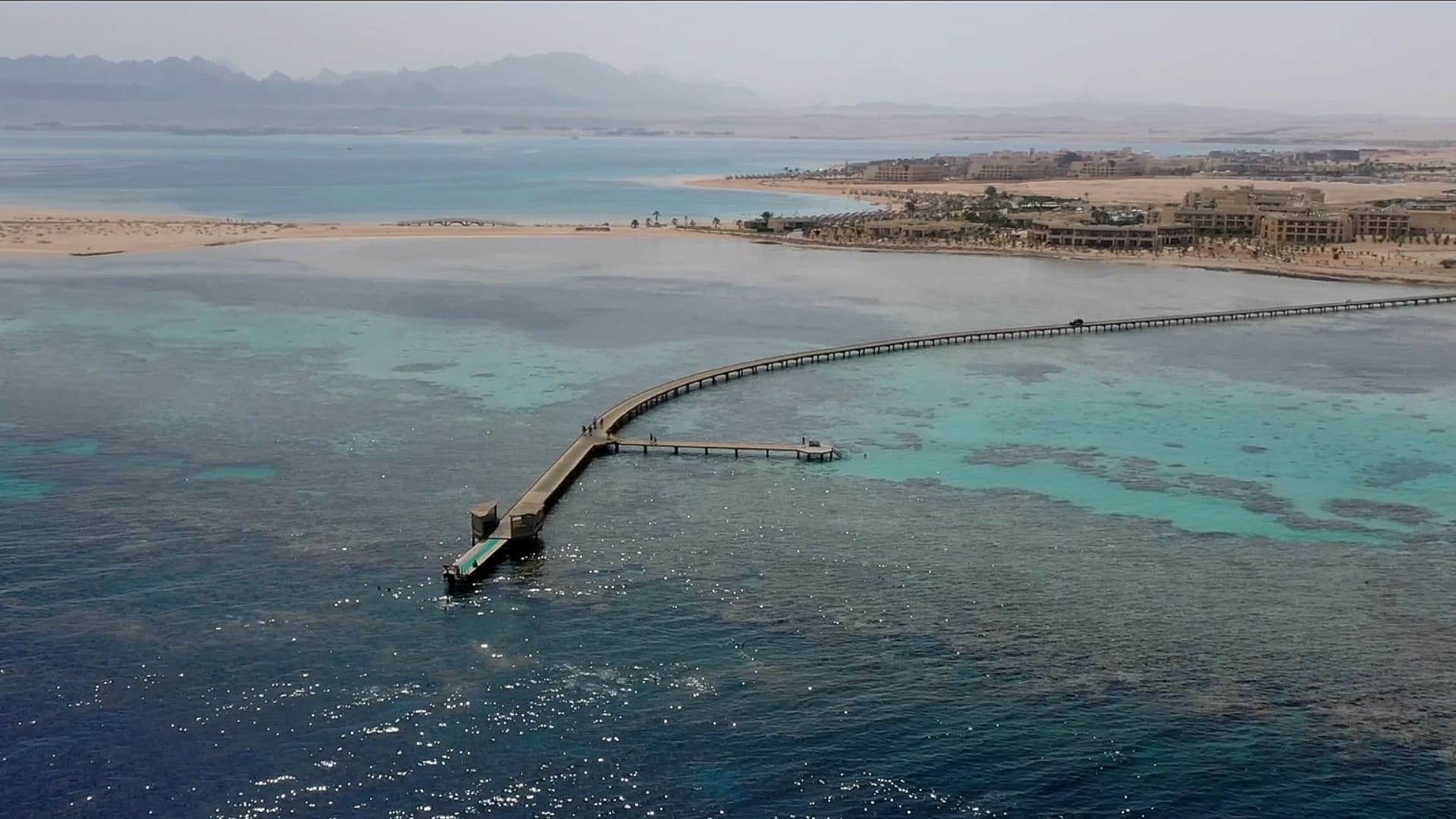
For a week at the end of February I was invited to sample the diving with Orca Dive Club based at the Breakers Diving and Surfing Lodge by courtesy of SOMABAY.
Somabay covers an entire peninsula and is home to several resorts as well as residential compounds. Somabay caters for scuba diving as well as many other sports, including windsurfing, golf, sailing, go-carting, horse riding and many other activities.
All the activities are of a world-class standard and any or all of these can be booked directly from The Breakers.
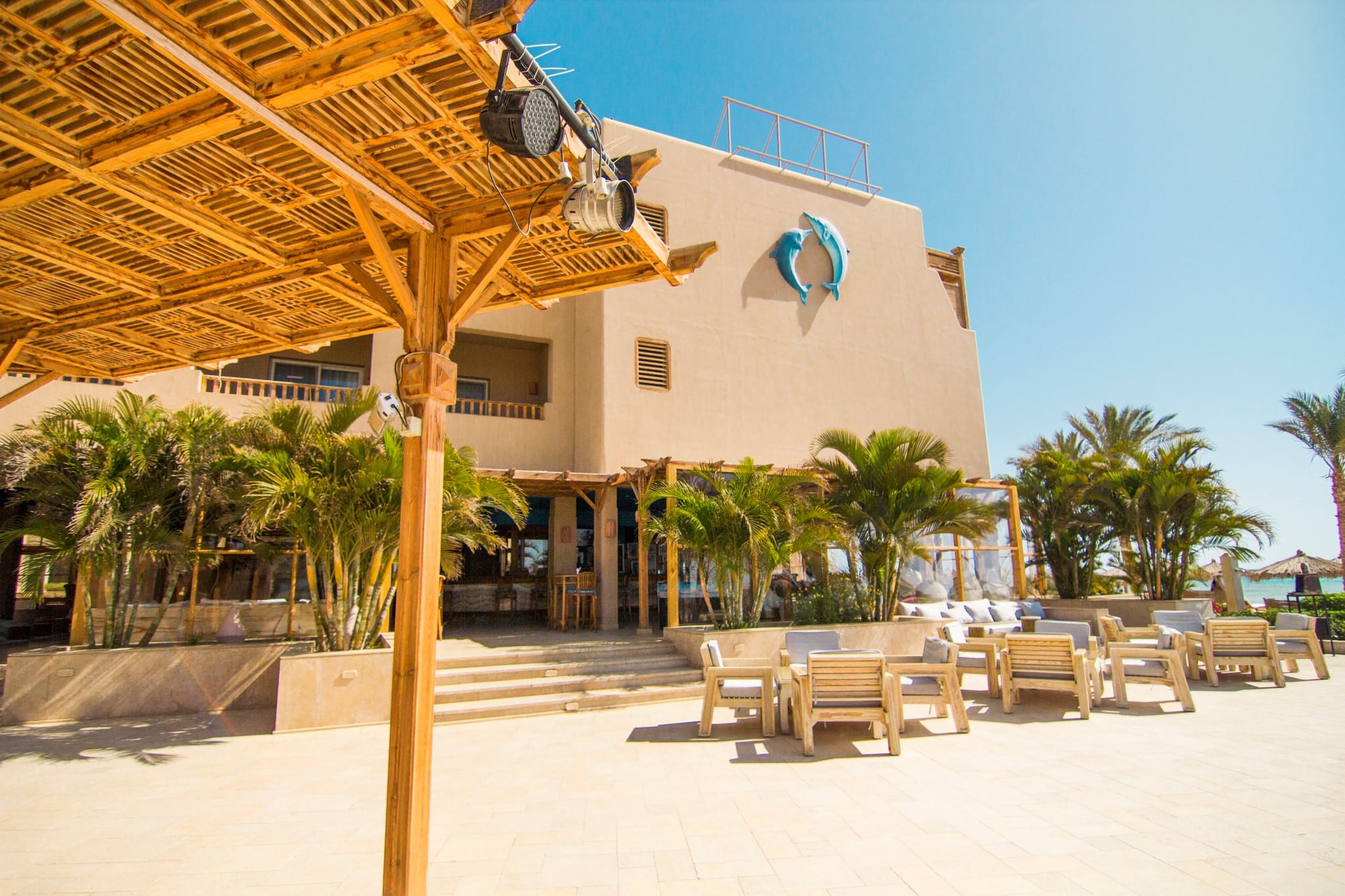
I took Easyjet from Bristol (UK) to Hurghada. Easyjet are not by any means my favourite airline but the flight was cheap and direct (except for the surprise extra £48 I was charged at the gate for my carry-on bag).
I was met at Hurghada airport by a driver and car and taken to the Breakers 28 miles (45Kilomaters) south along the coast. Once at the hotel I was too late for an evening meal and so a basic meal was delivered to my room. That and a beer from the fridge and I was fast asleep.
Early the next morning after breakfast I arrived for my rep meeting at the Orca Dive Center for 8.00am. I was immediately made to feel welcome, and after brief introductions I got some dive gear from the store, had a chat with my dive guide Mohamed and got ready to try the house reef situated at the end of a very long wooded pier where all diving gear and divers are taken out by buggies.
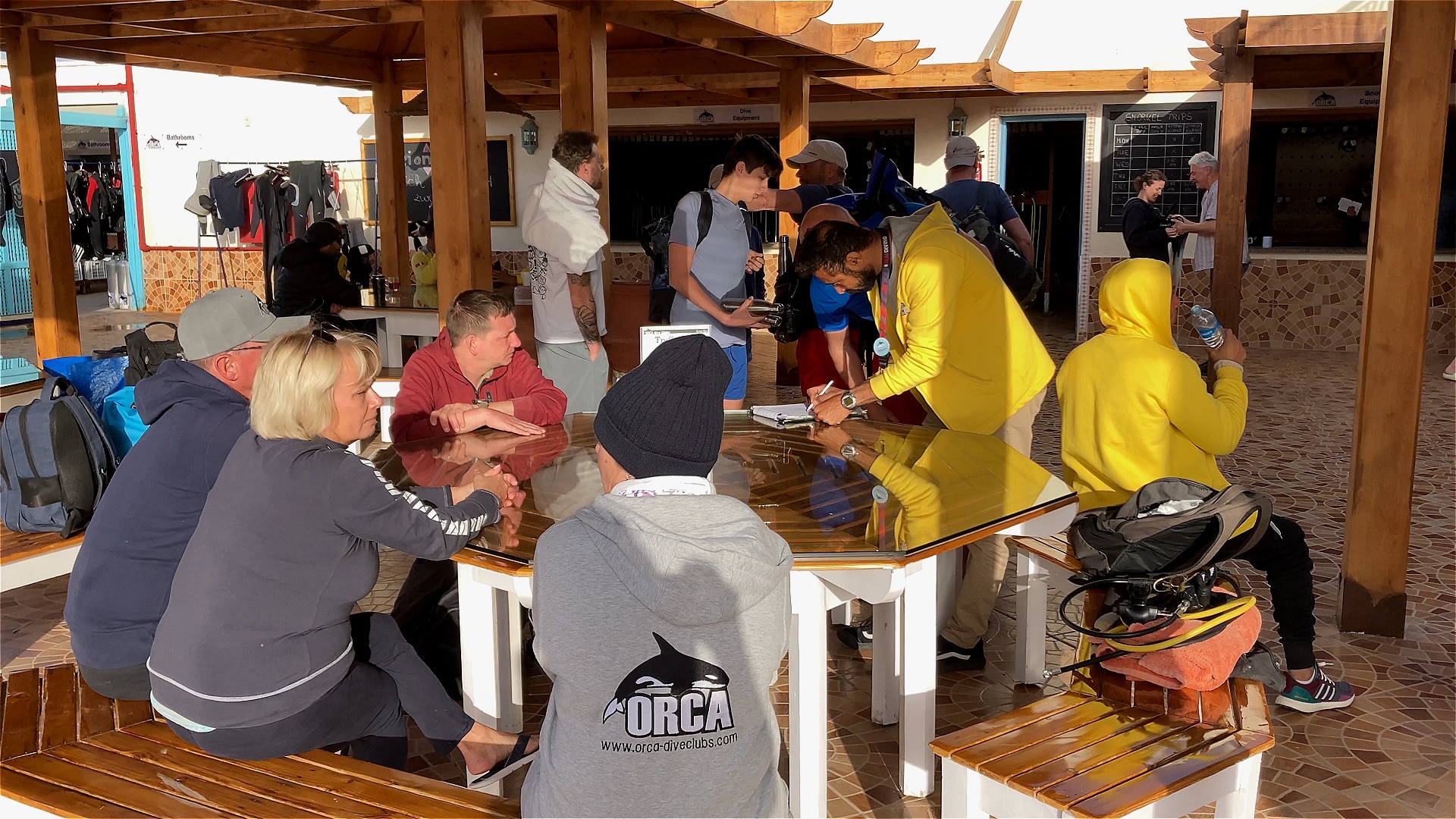
Once at the end of the pier, a helping hand from staff makes sure your gear is set and then it’s a short walk to the very end where you can either climb down a ladder of simply jump in the water next to the reef. The house reef extends both north and south giving a very easy and safe dive with plenty to see. At this time of the year the water temperature was a constant 22 degrees Centigrade and there was little or no current, so there were no issues in swimming back to the pier.
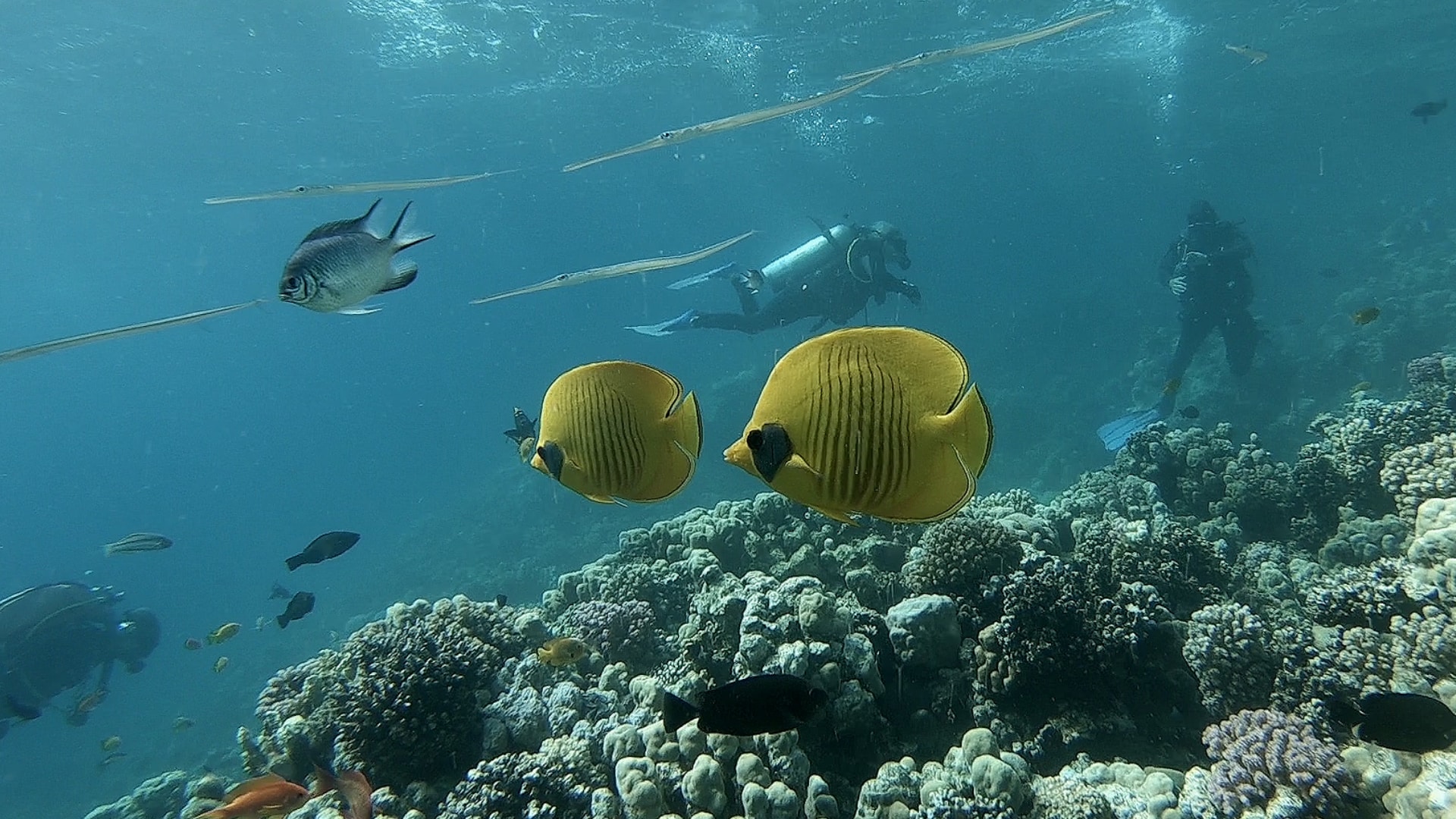
Quite a few divers were in dry or semi-dry suits, but being from the UK and used to the cold I found a 3mm wetsuit with a 3mm neoprene vest quite comfortable. Even after 50 years of diving I still find that first dive of a trip slightly nerving until I am actually underwater and then all becomes relaxed and I ease into auto diving mode. There was plenty to see with many of the Red Sea favourites along the way.

After the dive and a buggy ride back to the hotel for a very good buffet lunch I was back in the water, once again on the house reef for an afternoon dive.
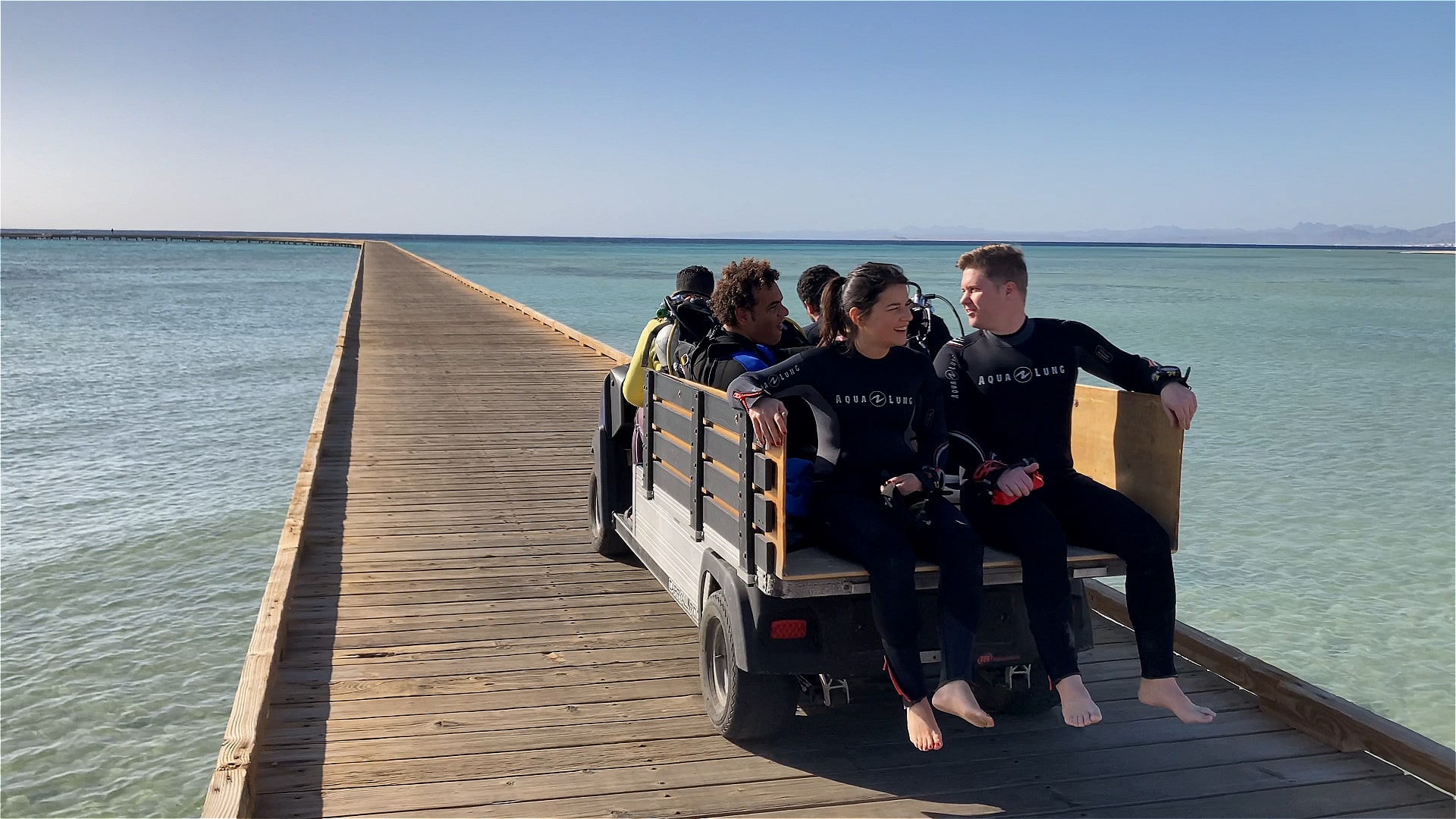
Check in for part 2 tomorrow when Jeff gets on a day boat and dives a few of the off-shore reefs.
Book your next Red Sea dive adventure with SOMABAY! For more information, visit www.somabay.com.
Stay at the Breakers Diving & Surfing Lodge when you visit! For more information, visit www.thebreakers-somabay.com.
Find out more about ORCA Dive Clubs at SOMABAY at www.orca-diveclubs.com/en/soma-bay-en.
-
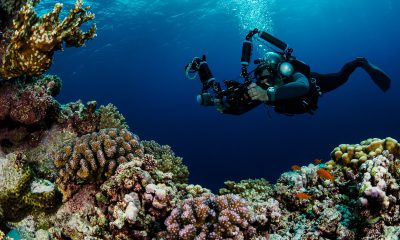
 News3 months ago
News3 months agoHone your underwater photography skills with Alphamarine Photography at Red Sea Diving Safari in March
-
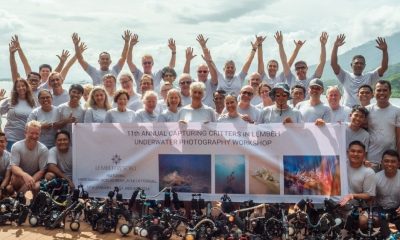
 News2 months ago
News2 months agoCapturing Critters in Lembeh Underwater Photography Workshop 2024: Event Roundup
-
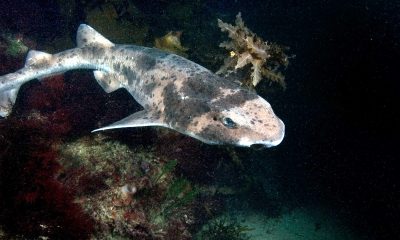
 Marine Life & Conservation Blogs2 months ago
Marine Life & Conservation Blogs2 months agoCreature Feature: Swell Sharks
-

 Blogs1 month ago
Blogs1 month agoMurex Resorts: Passport to Paradise!
-
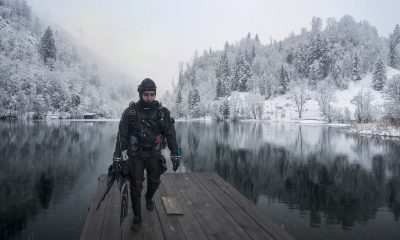
 Gear News3 months ago
Gear News3 months agoBare X-Mission Drysuit: Ideal for Both Technical and Recreational Divers
-
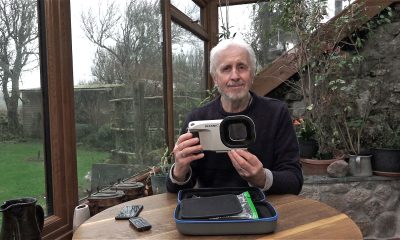
 Gear Reviews2 months ago
Gear Reviews2 months agoGear Review: Oceanic+ Dive Housing for iPhone
-
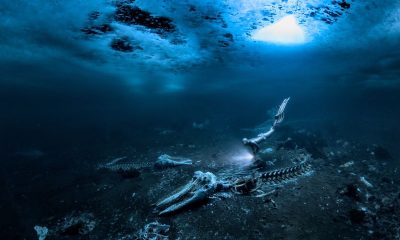
 Blogs2 months ago
Blogs2 months agoDiver Discovering Whale Skeletons Beneath Ice Judged World’s Best Underwater Photograph
-
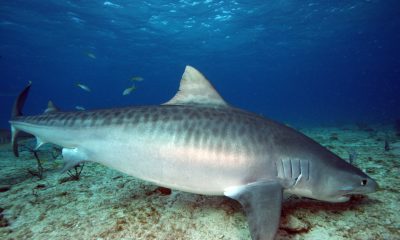
 Blogs3 months ago
Blogs3 months agoThe Thrilling Encounter with Tiger Sharks at Beqa Lagoon’s ‘The Colosseum’ with Coral Coast Divers



